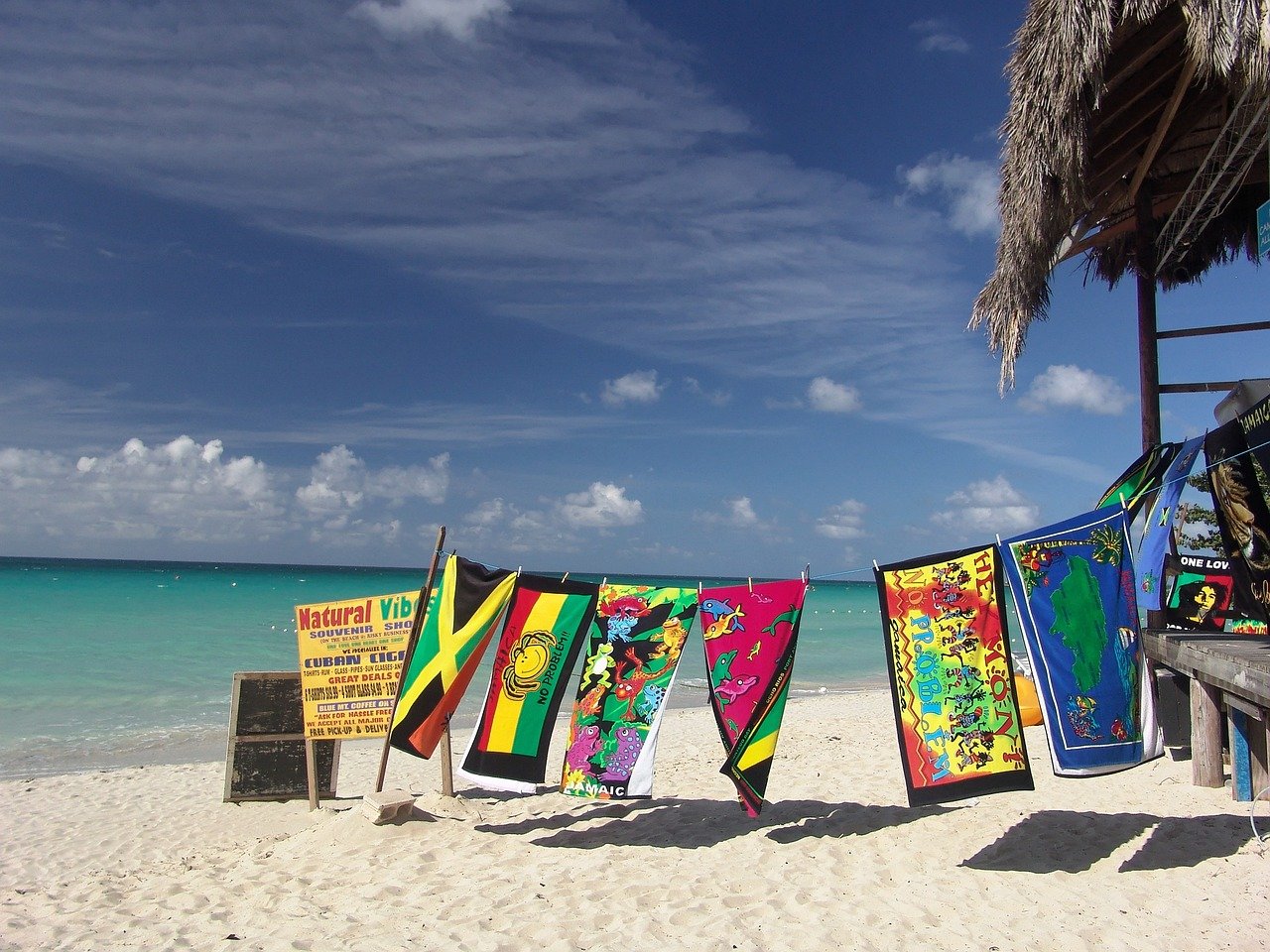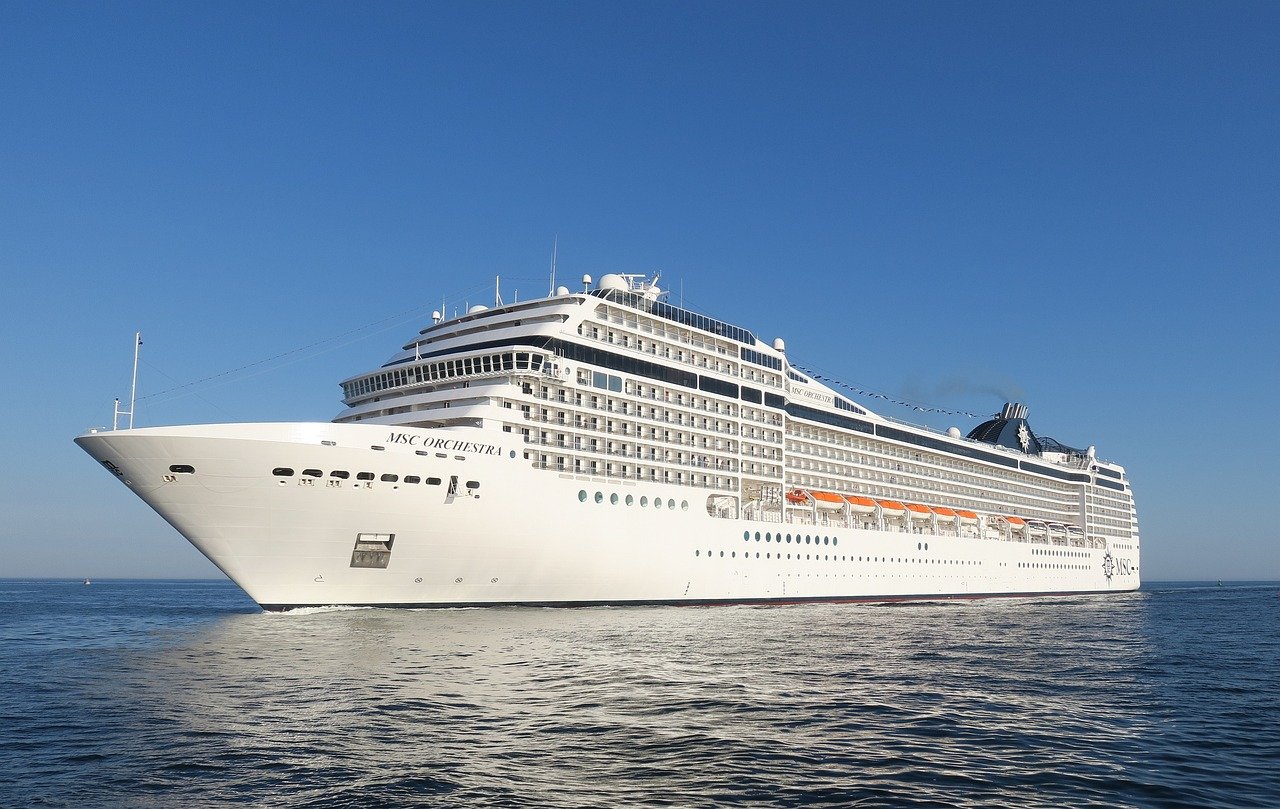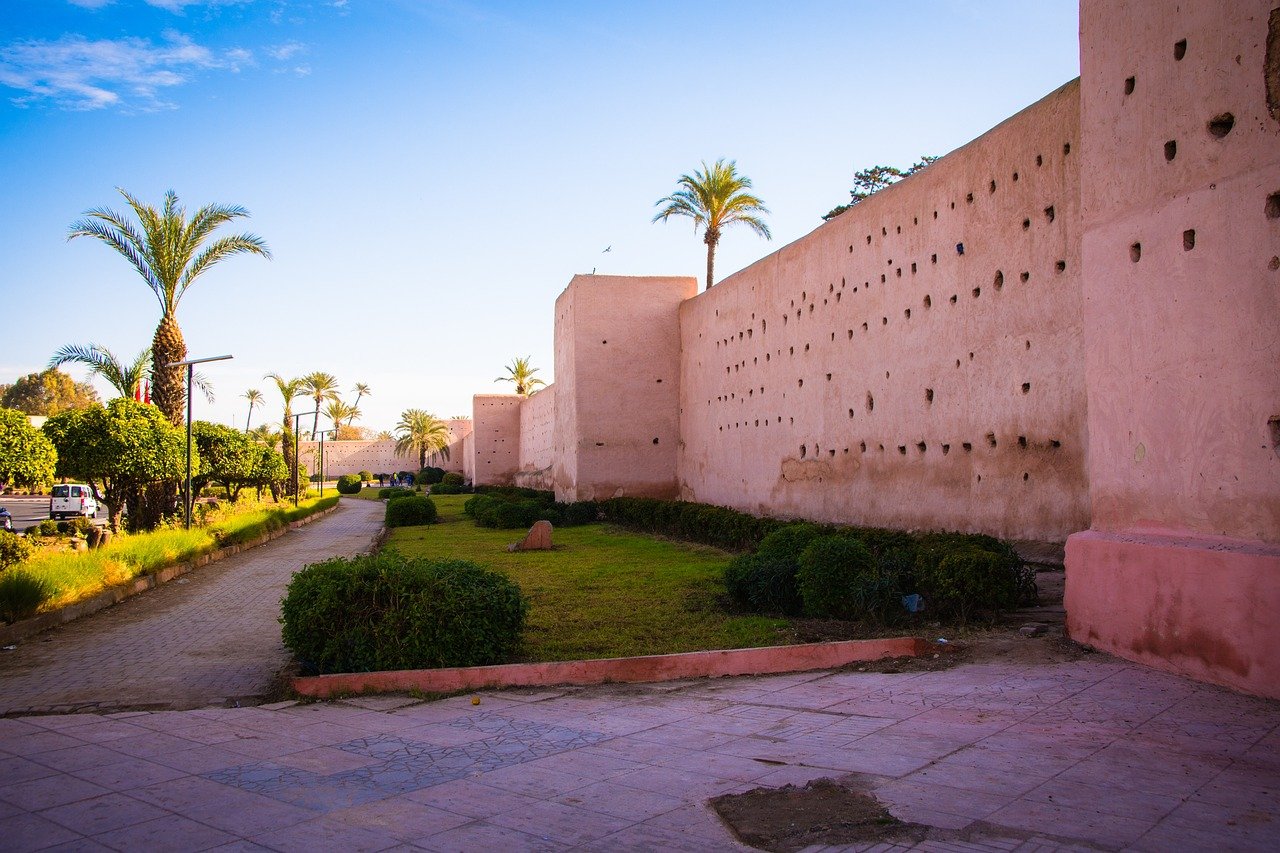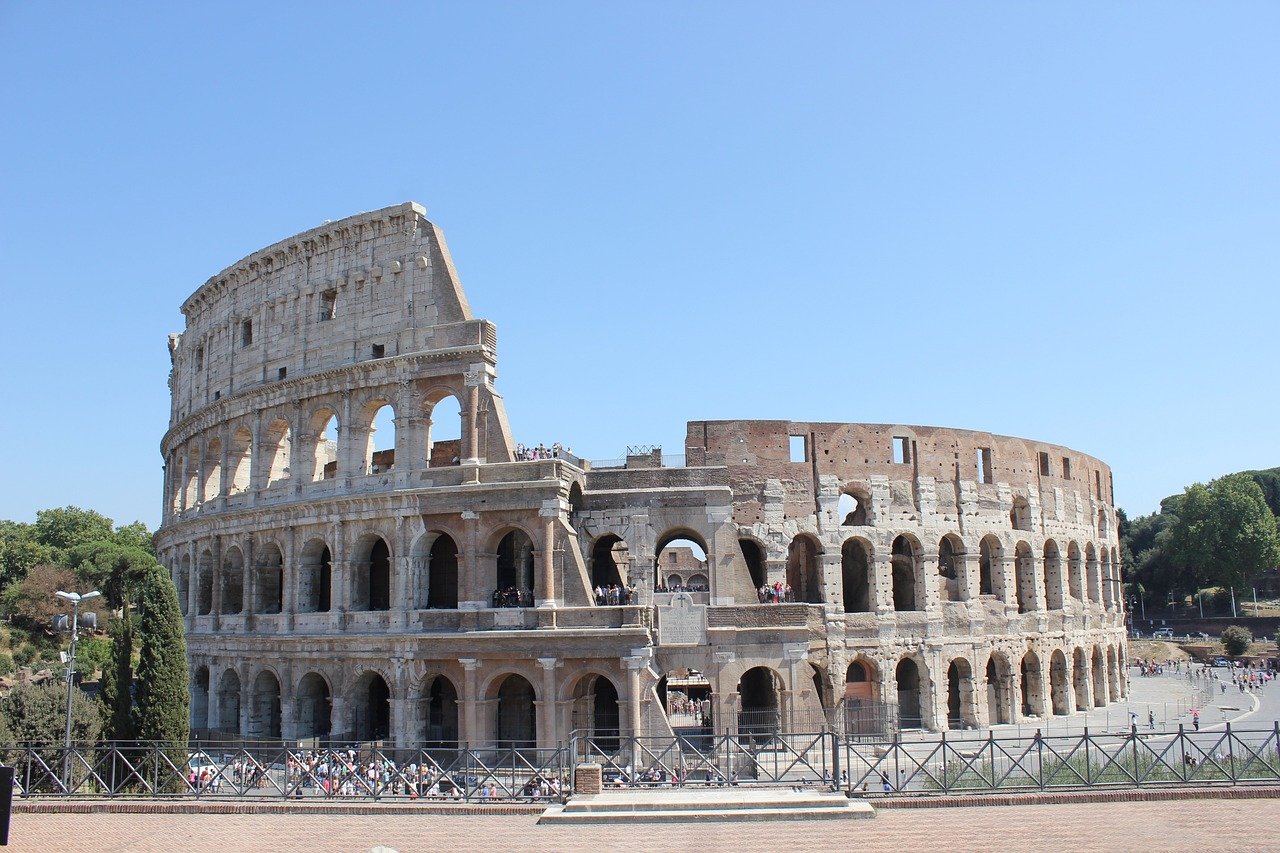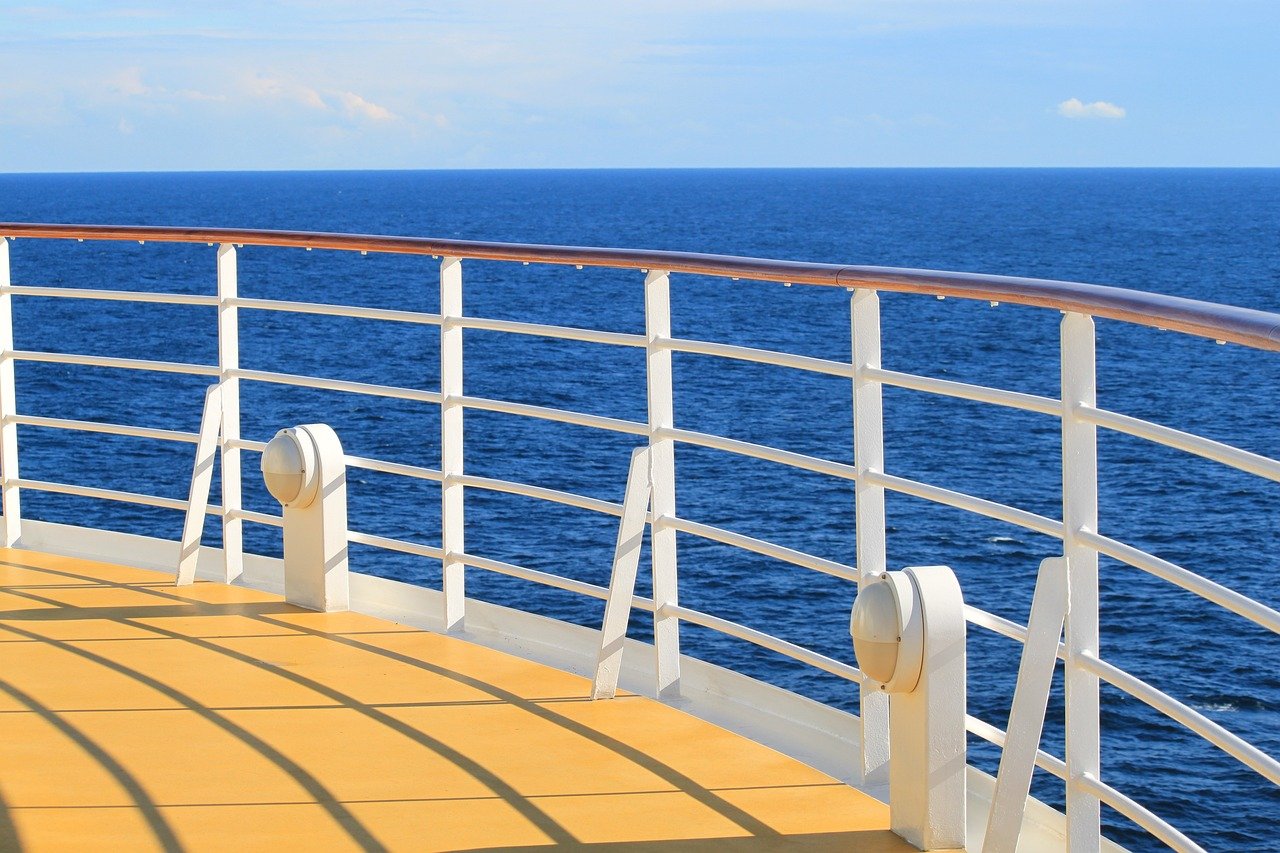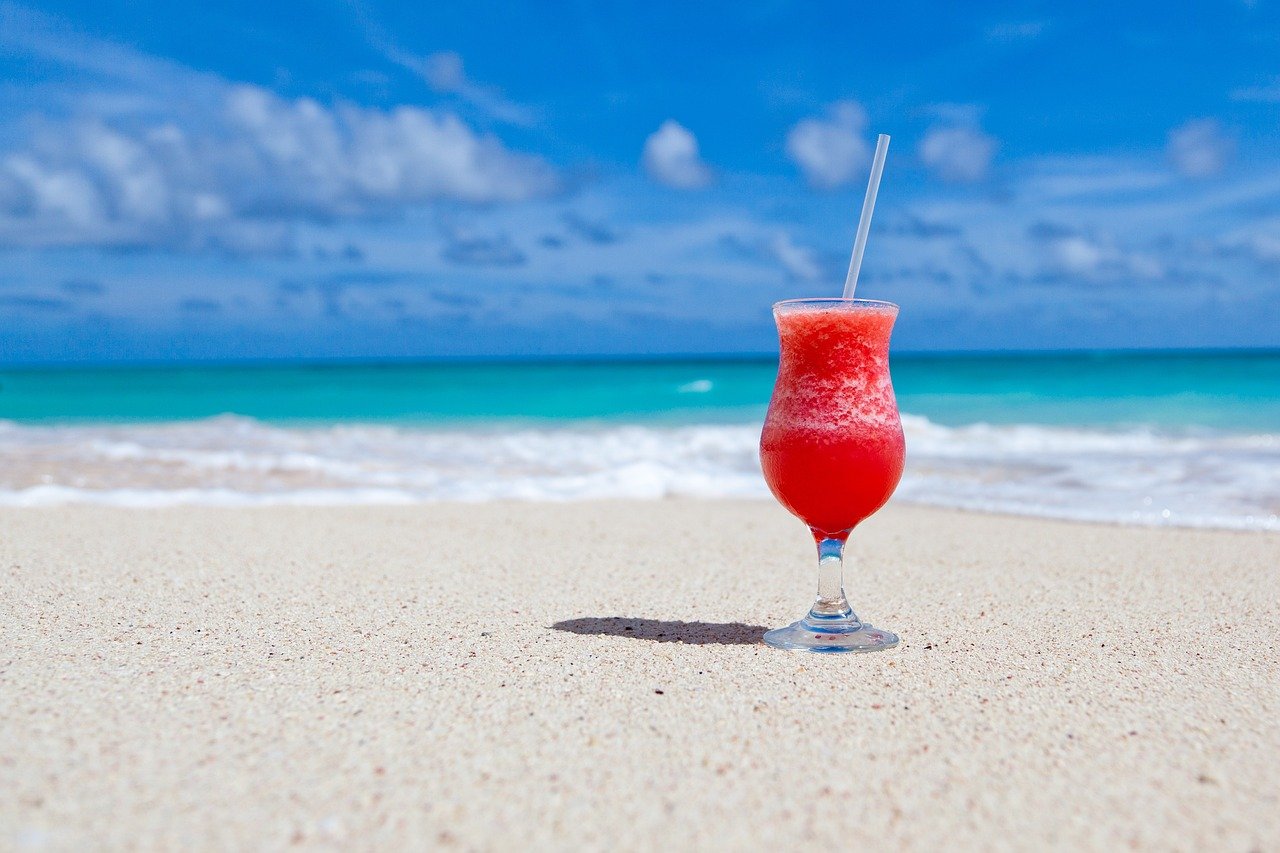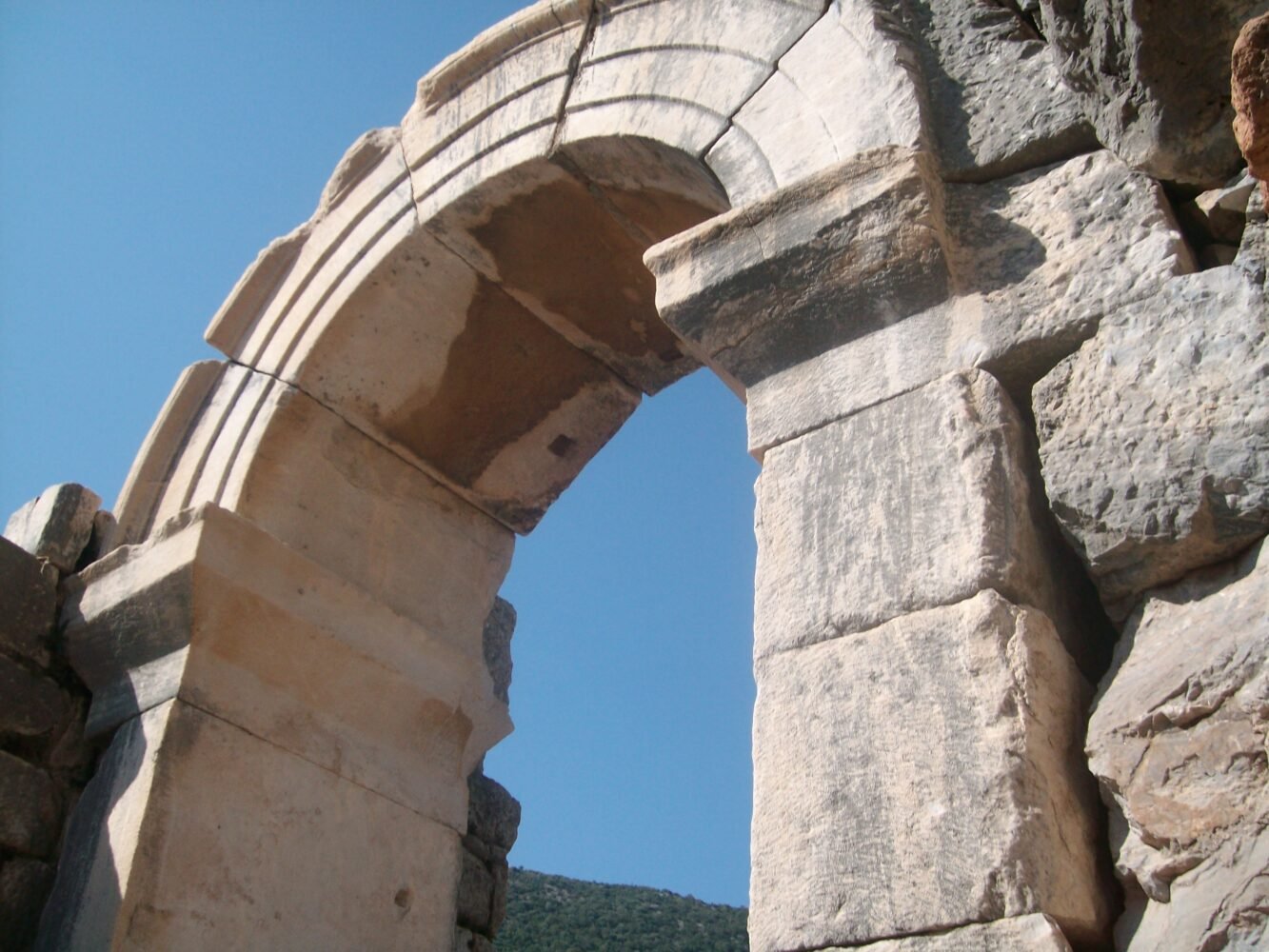Discover the Perfect Time to Visit Jamaica: Unveiling the Island’s Alluring Seasons
Jamaica, the land of reggae, stunning beaches, and vibrant culture, beckons travellers from around the world. Blessed with a tropical climate, this Caribbean paradise offers a year-round getaway for sun-seekers, nature enthusiasts, and adventure lovers alike. However, choosing the best time to visit Jamaica can enhance your experience and ensure a memorable trip. In this article, we explore the various seasons in Jamaica, highlighting the optimal time to visit based on weather, festivals, and crowd levels.
- High Season (December to April): Jamaica’s high season aligns with the winter months, attracting tourists seeking refuge from colder climates. From December to April, the island basks in warm temperatures ranging from the mid-70s to low 80s Fahrenheit (mid-20s to high 20s Celsius). This period promises dry weather, clear skies, and tranquil turquoise waters, perfect for indulging in beach activities and water sports. However, it’s important to note that the high season coincides with increased tourist traffic and higher accommodation rates. Despite the crowds, this time of year offers several lively events, such as the famous Bob Marley Week celebrations in February.
- Shoulder Season (May and November): The shoulder seasons of May and November in Jamaica present an excellent alternative for travellers seeking a balance between favourable weather conditions and fewer crowds. During these transitional months, you can enjoy pleasant temperatures ranging from the mid-70s to low 90s Fahrenheit (mid-20s to low 30s Celsius). The tropical landscape is still lush, and rainfall is typically lower compared to the rainy season. May offers the chance to witness the excitement of the Calabash Literary Festival, where international and local writers gather to share their work, while November marks the renowned Jamaica Food and Drink Festival, a celebration of the island’s culinary delights.
- Low Season (June to October): Jamaica’s low season, spanning from June to October, coincides with the island’s rainy season and is characterized by occasional tropical showers and higher humidity. However, these showers are often short-lived and followed by sunshine, allowing for enjoyable outdoor activities. Despite the possibility of rain, the low season presents a unique opportunity to experience Jamaica at a more leisurely pace, with fewer tourists and more affordable prices for accommodations and attractions. Additionally, this period is ideal for nature enthusiasts, as the rainfall contributes to the lush greenery, vibrant flora, and cascading waterfalls that adorn the island.
- Hurricane Season: It’s crucial to consider the Atlantic hurricane season when planning a trip to Jamaica, as the island lies within the hurricane belt. This season officially runs from June 1 to November 30, with the peak activity occurring from August to October. While the chances of experiencing a hurricane directly are relatively low, it’s advisable to stay informed about weather forecasts and purchase travel insurance that covers potential disruptions. Hotels and resorts in Jamaica are well-prepared for such situations, with comprehensive evacuation plans and safety measures in place.
Conclusion: Jamaica, with its year-round warm climate and captivating allure, welcomes visitors at any time of the year. Each season has its unique charms, whether it’s the dry and sunny high season, the pleasant shoulder season, or the quieter, greener low season. By considering your preferences for weather, crowd levels, and budget, you can choose the ideal time to explore the island’s breathtaking landscapes, immerse yourself in its vibrant culture, and enjoy the warm hospitality that Jamaica is renowned for. Remember to plan ahead, stay informed about weather conditions, and embark on an unforgettable journey to this Caribbean gem whenever it suits you best.
Are you looking to visit Jamaica, click here to visit our main Jamaica page

